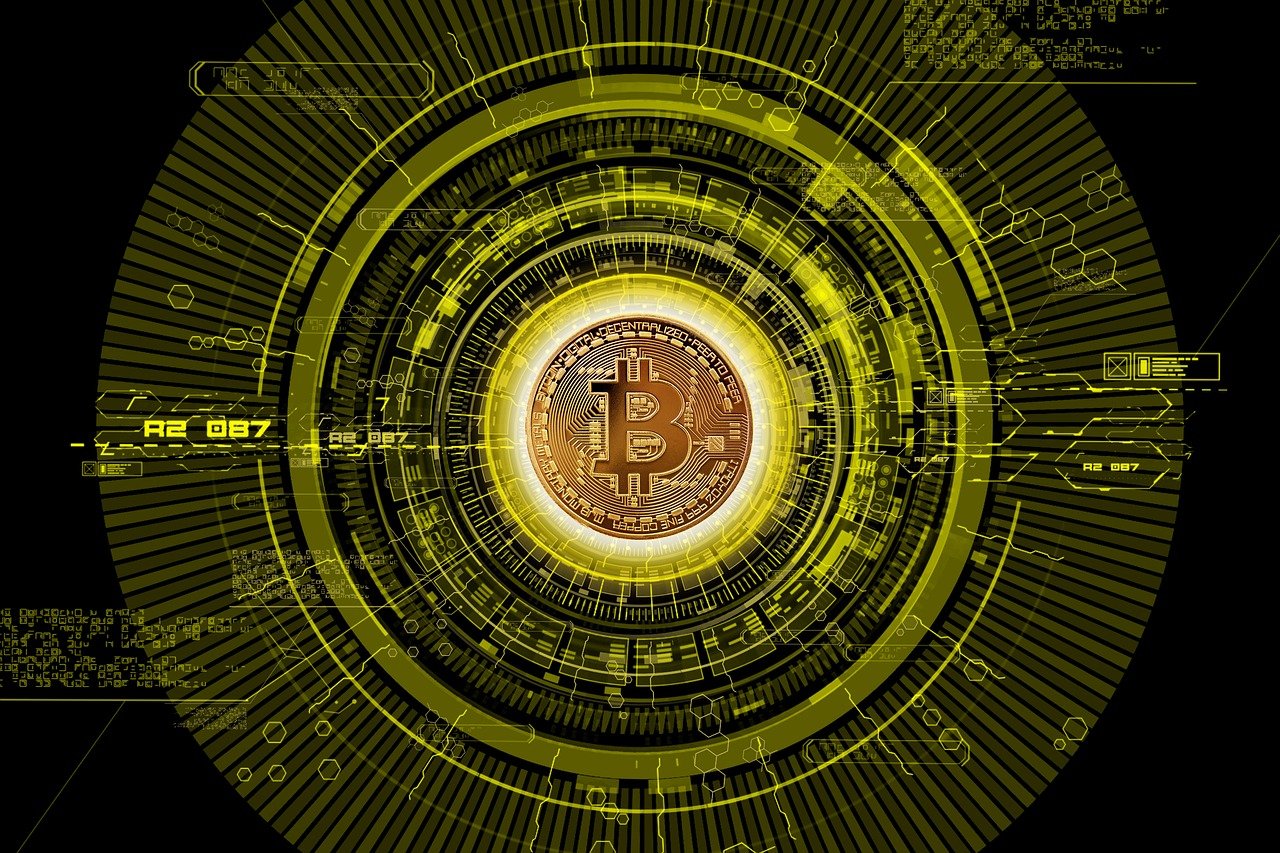As 2023 drew to a close, inscriptions on Bitcoin surged in popularity, sparking widespread market interest. This trend also spread to other public blockchains. It was humorously remarked by users that a blockchain is considered outdated if it hasn't yet featured inscriptions. Blockchain and Layer 2 solutions like TON, Conflux, Avalanche, Arbitrum, and zkSync set new records in transactions per second (TPS) due to inscriptions, with some even experiencing brief downtimes. Inscriptions became a form of free stress testing on various blockchains.
Emerging from Bitcoin, this trend of inscriptions turned the Bitcoin ecosystem into one of the most talked-about narratives in the crypto industry in 2023. This article reviews current hot protocols in the Bitcoin ecosystem and their prospects for 2024.

Ordinals Protocol
The Ordinals protocol is one of the significant contributors to the current bull market in the Bitcoin ecosystem. In January 2023, Bitcoin developer Casey Rodarmor, leveraging the Taproot upgrade that completely removed data limits and the Segwit upgrade allowing for 3MB of segregated witness data, introduced the concepts of ordinals and inscriptions to create the Ordinals protocol.
The protocol assigns a sequence number to each satoshi (the smallest unit of Bitcoin, 1 BTC = 100 million satoshis), making each satoshi indivisible and non-fungible. Users can inscribe additional data like images and text onto these satoshis, which are stored on-chain.
Ordinals facilitated the creation of Bitcoin NFT projects like TwelveFold, igniting a Bitcoin NFT craze. However, the Ordinals protocol is just the beginning of the Bitcoin ecosystem's development.

TwelveFold by Yuga Labs
BRC-20 Standard
The BRC-20, a token standard based on Ordinals and similar to Ethereum's ERC-20, allows for token issuance.
Introduced in March 2023 by Bitcoin enthusiast domo, BRC-20 encodes token name, total supply, and other details in a standardized JSON format within satoshis, enabling token deployment and minting. Wallets that support the protocol enable the transfer of satoshis, which, in other words, facilitates the movement of BRC-20 tokens. Examples of BRC-20 include the popular ORDI and SATS.
SRC-20 Standard
Based on the STAMPS protocol, the SRC-20 is another token standard. While STAMPS is used for issuing NFTs on Bitcoin, it differs technically from Ordinals. STAMPS encodes image data into Base64 strings in the transaction description rather than in segregated witness data, theoretically offering more permanence but limited data capacity (only 8KB) and significantly higher transaction costs than Ordinals inscriptions.
Understanding the STAMPS protocol makes it easy to grasp SRC-20. SRC-20 employs the same technology as STAMPS, except it replaces image data with token information.
ARC-20 Standard
An anonymous developer, seeing limitations in Ordinals, introduced the Atomicals protocol, focusing on the unspent transaction outputs (UTXO) of Bitcoin for minting, transferring, and updating digital objects. ARC-20, based on Atomicals, emerged from this. The ARC-20 ecosystem is currently less developed, with significantly fewer wallets supporting it than BRC-20. Among the ARC-20 tokens, ATOM stands out as the most renowned and was the first of its kind.
Rune Protocol
Casey Rodarmor, though the creator of Ordinals, was dissatisfied with BRC-20, criticizing its heavy use of Bitcoin's space. He developed the Runes protocol, which is also based on UTXO.
The Bitcoin ecosystem was vibrant in 2023, with numerous protocols emerging. However, aside from Ordinals and BRC-20, other protocols still need to be in foundational infrastructure and present a high barrier to entry for users due to their technical complexity. As 2024 approaches, bringing Bitcoin's fourth halving, the ecosystem might gain external support with the growing market value of assets like BRC-20. Possible trends for 2024 include:
Enhancement of Bitcoin's Infrastructure: Unlike Ethereum and EVM-compatible chains, the Bitcoin ecosystem currently lacks a significant wallet solution like MetaMask that supports most protocols, and mobile support is also insufficient. It is believed that by 2024, this area will be significantly improved.
Development of Bitcoin DeFi: With the emergence of various token standards within the Bitcoin ecosystem, an increasing number of assets are being issued on Bitcoin. Accompanying infrastructure, such as stablecoins and cross-chain solutions, will gradually emerge. However, the development of Bitcoin DeFi is still confronted with significant efficiency issues.
Greater Potential for Bitcoin Scaling Solutions: Performance will inevitably become one of the primary concerns for the Bitcoin ecosystem to evolve further. Scaling solutions like the Lightning Network, Nostr protocol, and Stacks protocol may find more extensive applications.
The Possibility for Smart Contracts: Bitcoin has not traditionally had smart contract functionality, but with the 2023 update of the RGB protocol, comprehensive smart contract capabilities have been introduced to both Bitcoin and the Lightning Network. This update poses an intriguing question: Can Bitcoin use this advancement to cultivate a more extensive ecosystem that fully supports smart contracts? Perhaps 2024 will yield an answer.
Regardless of BRC-20's future, the fast-forward button for Bitcoin ecosystem development was pressed in 2023. What 2024 holds for the Bitcoin ecosystem remains to be seen.
Disclaimer: The content above is for reference only and does not constitute investment advice.
About ViaBTC
ViaBTC, founded in May 2016, has provided professional, efficient, safe, and stable crypto mining services for over one million users in 130+ countries/regions around the world, with a cumulative mining output value of tens of billions of dollars. This world-leading, all-inclusive mining pool offers mining services spanning more than ten mainstream cryptos that include BTC, LTC, and KAS. Backed by one-stop ecosystem services encompassing ViaBTC Pool, ViaWallet, and CoinEx Smart Chain (CSC), ViaBTC strives to offer global users more diverse supporting tools, stabler and more efficient mining services, and better product experiences.